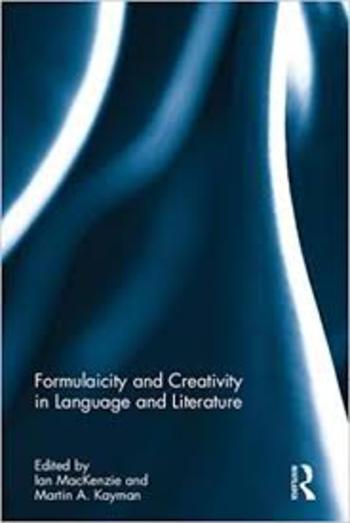Formulaicity and Creativity in Language and Literature
Proposal review

Contributor(s)
MacKenzie, Ian (editor)
Kayman, Martin A. (editor)
Language
EnglishAbstract
Formulaicity is pervasive in both spoken and written language. Speakers use a huge amount of prefabricated language including collocations, idioms, fixed and semi-fixed expressions, and verbal creativity often involves combining established word sequences rather than inventing wholly new ones. In literature, formulaicity was long disparaged as the opposite of creativity, and a hallmark of ‘genre fiction’ of questionable aesthetic value, but a more recent approach sees all writing as intertextual – a tissue of citations and creative reworkings of other texts. The chapters in this book elucidate the nature of semi-fixed formulaic sequences; how the meaning of formulaic expressions can change over time; how readers interpret formulaic expressions in first and second languages; how modern and postmodern authors use traditional genres and tales to challenging effect; and how formulaic patterns involving particular words can underlie the texture and meanings of entire novels. Together, the contributions to this collection provide a convincing reassessment of the potential creativity of the formulaic in a variety of linguistic and literary contexts. This book was originally published as a special issue of the European Journal of English Studies.
Keywords
Language; written language; literature; formulaicity; creativityOCN
993957577Publisher
Taylor & FrancisPublisher website
https://taylorandfrancis.com/Publication date and place
2018Imprint
RoutledgeClassification
Biography, Literature and Literary studies
